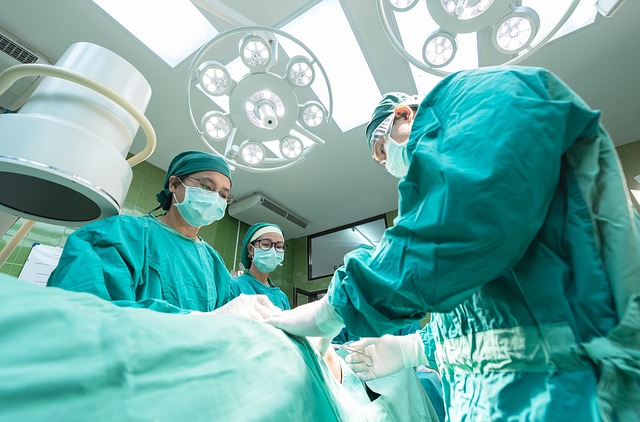Aneurysm Treatment Options and Care Process
An aneurysm is a weakened, bulging area in a blood vessel that can occur in the brain, aorta, or elsewhere. Treatment aims to prevent rupture or to repair a rupture if it happens, using approaches that range from minimally invasive catheter techniques to open surgical repair. Decisions depend on aneurysm size, location, patient health, and the risks and benefits of intervention. This article outlines common treatment paths, the roles of teams and equipment, and what to expect in the care process.

What surgical procedure treats aneurysms?
Surgical procedures for aneurysms vary by location and risk. In the brain, a common open surgery is clipping, where a neurosurgeon places a metal clip at the aneurysm neck to stop blood flow into the bulge. For aortic aneurysms, open repair involves replacing the weakened vessel portion with a synthetic graft. Each surgical procedure has specific perioperative steps, potential complications, and recovery timelines. The choice balances durability of repair against the invasiveness of the operation and the patient’s overall medical status.
How does medical technology aid treatment?
Medical technology plays a central role in both diagnosis and treatment. High-resolution imaging such as CT angiography and MRI delineate aneurysm size and anatomy, guiding treatment plans. Endovascular techniques rely on catheter-based devices, stents, and coils that are delivered under imaging guidance to seal or reinforce the vessel internally. Advances in navigation systems and intraprocedural imaging have improved precision, reduced operative time, and allowed some patients to avoid open surgery. Technology choices are individualized based on anatomy and clinical evidence.
What occurs in the operating room during repair?
In the operating room, preparation includes sterile setup, anesthesia, and real-time monitoring of vital signs and neurological status. For open procedures, the surgical field is exposed and the team gains access to the affected vessel for clipping or graft placement. For endovascular repairs, catheters are inserted through a small puncture—often in the groin—and guided under fluoroscopy to the aneurysm site for deployment of coils, stents, or grafts. Both pathways require careful hemostasis, verification of vessel integrity, and sometimes intraoperative imaging to confirm successful exclusion of the aneurysm.
Who makes up the medical team for care?
The medical team typically includes multiple specialists working together: neurosurgeons or vascular surgeons, interventional radiologists or endovascular specialists, anesthesiologists, specialized nursing staff, and critical care physicians. Preoperative assessment often involves cardiology, pulmonology, and other consultants to optimize the patient for surgery. Postoperative care includes rehabilitation therapists and case managers to support recovery and secondary prevention. Effective communication among team members is essential for planning the intervention, managing complications, and coordinating follow-up care.
What medical equipment is commonly used?
Medical equipment ranges from imaging and monitoring systems to interventional devices. Imaging tools include CT scanners, MRI machines, and intraoperative angiography/fluoroscopy units. In the operating room, specialized microscopes and neuro-navigation systems assist precision in open neurosurgery. Endovascular procedures use catheters, guidewires, detachable coils, flow-diverter stents, covered stent grafts, and balloon occlusion devices. Monitoring equipment tracks hemodynamics and neurological function throughout the procedure. Maintenance of sterility and functionality of medical equipment is critical to reduce infection and procedural risks.
This article is for informational purposes only and should not be considered medical advice. Please consult a qualified healthcare professional for personalized guidance and treatment.
Conclusion
Aneurysm treatment encompasses a spectrum of options from observation and medical management to endovascular repair or open surgery, each selected based on location, size, rupture status, and patient factors. Medical technology and specialized medical equipment have broadened the choices available, enabling less invasive repairs for many patients. The operating room experience and the composition of the medical team influence outcomes, as does careful preoperative assessment and postoperative monitoring. Long-term follow-up with imaging and risk-factor management—such as blood pressure control and smoking cessation—are important parts of care. Discussing individualized risks and benefits with your healthcare team is the most reliable way to determine an appropriate treatment strategy.






